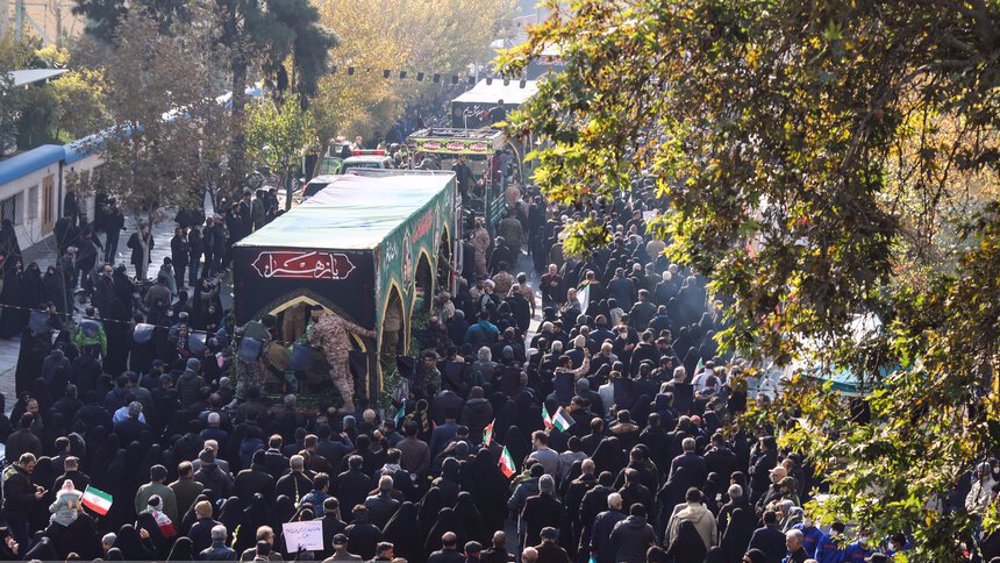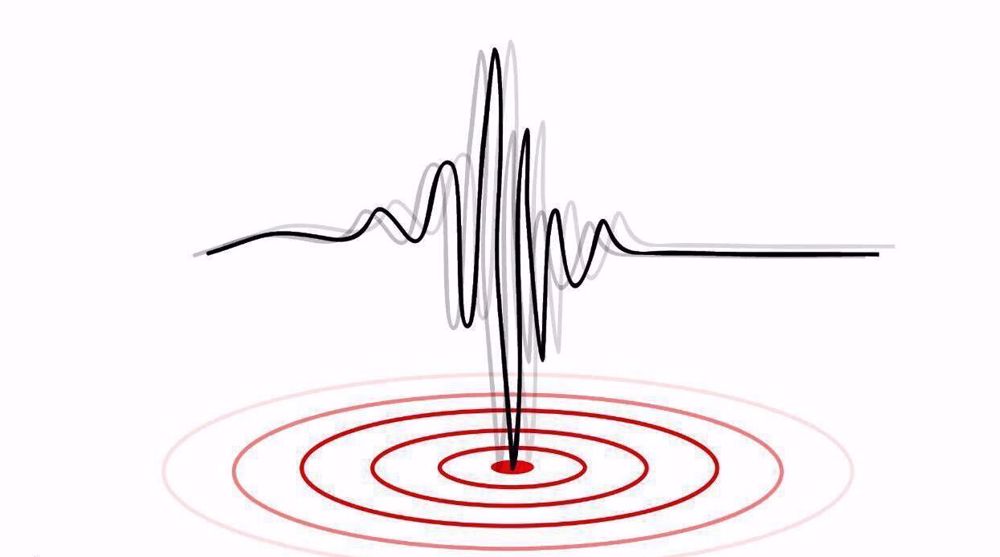Vegetables grown on Mars and Moon soil simulants, not edible yet
An interplanetary colonization led by intelligent earthlings is not successful unless it crosses some crucial hurdles, including producing nutrient materials, particularly plants, necessary to sustain life. The first step, then, before embarking on settlement on a celestial body is to grow plants on the Earth in simulated alien soil to know whether growing food in the target world is fruitful or not. This is exactly what a research team has done for the second time to cultivate vegetables on Mars and Moon soil simulant.
Researchers from the Wageningen University in Netherlands recently announced that they had raised 10 different vegetable species - tomatoes, rye, radish, peas, leek, spinach, rocket, cress, quinoa, and chives - on simulated soil similar to those found on Mars and the Earth’s natural satellite, and managed to harvest six of them.
They compared yields on the simulated soils with those grown in ordinary potting compost - used as the Earth’s control group - and found that produced biomass in alien soils were just a little lower than their Earth’s counterpart, though “not significantly different.”
“That was a real surprise to us. It shows that the Mars soil simulant has great potential when properly prepared and watered. The biomass growth on the Moon soil simulant was less than on both other soils, about half of the biomass. Only the spinach showed poor biomass production,” said lead scientist Wieger Wamelink.

To enrich the alien soil, researchers added a mulch of organic material in the form of fresh-cut grass and cultivated the plants in trays, unlike the small pots used in the first experiment.
“This solved the problem we had with watering in the first experiment [in 2013] and also added manure to the soils," Wamelink added.
This experiment showed some improvements in comparison to the previous one. Most plants died on the lunar soil simulant in the first experiment, while in the second they grew and flourished.
Toxic food
But unlike the potatoes stranded astronaut Mark Watney grew on Mars in the 2015 American sci-fi movie The Martian, the harvested vegetables in the recent experiment were by no means edible, since the soils contained heavy metals like lead, arsenic and mercury and lots of iron, which found their way into the leaves and fruits, making them poisonous.
“Further research on this is necessary and that is one of the reasons why a crowdfunding campaign has been started to finance the third experiment that will be all about food safety. The experiment should start in April 2016 with the growth of a new batch of crops including potatoes and beans,” Wamelink further said.
The soil simulants, which were provided by NASA, mimicked those of Mars and the Moon as closely as possible, with the former taken from a volcano in Hawaii and the latter from an Arizonan desert.
The vegetables in the recent experiment were planted in a glass house in April 2015 and were under tightly controlled conditions. Their harvest came in October 2015.
VIDEO | 444 days of ethnic cleansing
VIDEO | Bethlehem's Christmas dimmed by war, restrictions
Israel admits assassinating Hamas leader, vows to inflict same fate on Yemeni fighters, people
VIDEO | Yemeni forces repel US-British attack, down F-18 Jet
Iran’s capabilities vast; enemy’s ‘maximum pressure’ policies all failed miserably: Senior official
Iran’s economy grew 2.7% y/y in Sep quarter: CBI
VIDEO | Freelancers in Gaza strive to stay online amid genocide
Mikati demands Israel's withdrawal from south Lebanon












 This makes it easy to access the Press TV website
This makes it easy to access the Press TV website